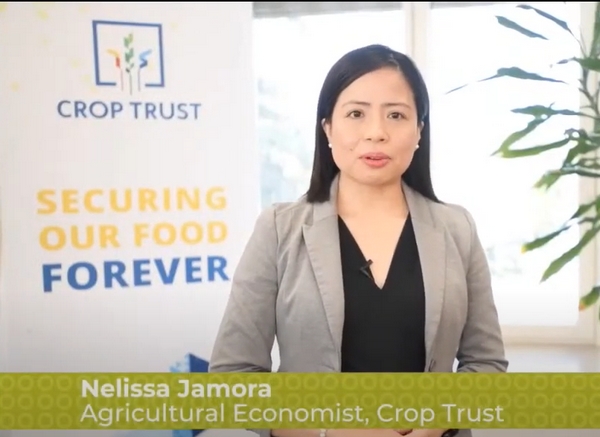New research from the University of Copenhagen shows the rapid growth of greenhouse farming worldwide. This trend is primarily driven by the developing economies of the Southern Hemisphere, which marks a significant shift in agricultural practices.
Greenhouse farming is on the rise: findings from recent research
Greenhouse agriculture is expanding at an unprecedented rate, with significant growth occurring outside of Europe, particularly in low- and middle-income countries in the Southern Hemisphere. Using advanced algorithms and satellite imagery, researchers from the University of Copenhagen mapped the global extent of greenhouse farming and found that it now covers about 1.3 million hectares, almost three times larger than previous estimates.
Rapid growth in the Southern Hemisphere
The study, published in the journal Nature Food, highlights that greenhouse farming is present in 119 countries, with China dominating the field, accounting for 60.4% of global greenhouse area. They are followed by Spain and Italy with 5.6% and 4.1% respectively. While large greenhouse clusters were established in the Northern Hemisphere in the 1970s and 1980s, significant changes in the Southern Hemisphere began two decades later.
Key results
Global reach: The study shows that greenhouse farming now covers 1.3 million hectares worldwide, almost three times larger than previous estimates.
Regional distribution: China’s vast greenhouse infrastructure covers an area of over 784,000 hectares, dwarfing other regions. Spain and Italy make a significant contribution, but in terms of total area they lag far behind China.
A surge in the Southern Hemisphere. A noticeable increase in greenhouse production is observed in Asia, Africa, Central and South America, where the area of greenhouses is 2.7 times larger than in the Northern Hemisphere.
Drivers of growth
Greenhouse farming has become a global phenomenon and its rapid expansion is likely to continue, said Xiaoye Tong, lead author of the study. The drivers of this growth are:
Technological Advances: Improved greenhouse technologies and availability of affordable materials have made it easier for countries to implement conservation agriculture.
Climate Adaptation: Greenhouses provide a controlled environment that mitigates the effects of climate change, making them an attractive option for regions with extreme weather conditions.
Economic forces. In low- and middle-income countries, greenhouses offer a way to increase agricultural productivity and meet growing demand for fresh produce.
Implications for agriculture
The expansion of greenhouse farming has major implications for global agriculture. This can improve food security by increasing yields and enabling year-round production. However, it also raises questions about sustainability and resource management, since greenhouses require significant energy and water inputs.
The rapid growth of greenhouse farming, especially in the Southern Hemisphere, highlights a major shift in global agricultural practices. As this trend continues, it is important to balance productivity gains with sustainable practices to ensure long-term viability. The results of the University of Copenhagen study provide a valuable basis for understanding and managing the future of greenhouse farming.










